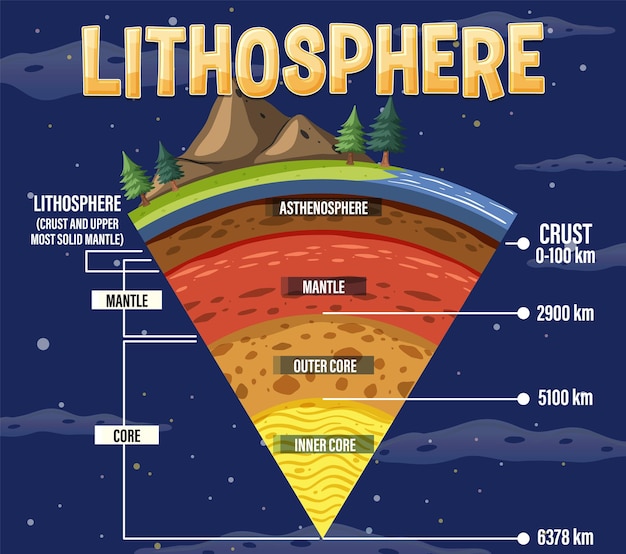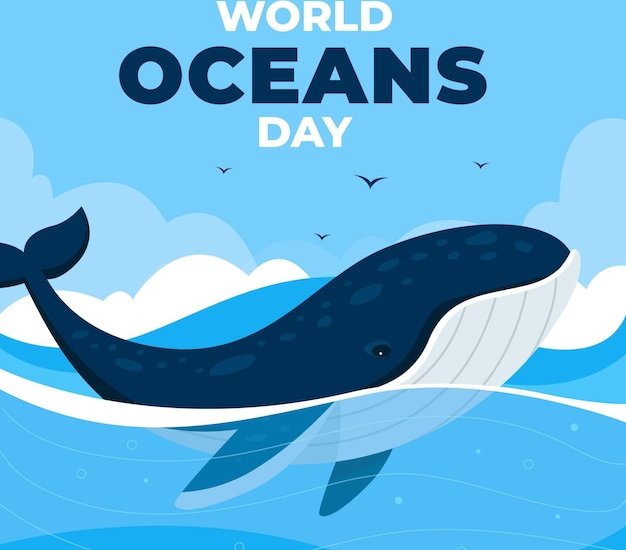Discovering Fascinating Plate Tectonics Facts

Plate tectonics is the scientific theory that explains the movement and interaction of Earth’s lithospheric plates.
The Earth’s lithosphere is divided into several rigid plates, which float on the semi-fluid asthenosphere beneath.
The study of plate tectonics helps us understand the processes that shape our planet.
The Earth’s plates are constantly in motion, albeit at a very slow pace.
Plate tectonics is responsible for various geological events, such as earthquakes, volcanic eruptions, and the formation of mountain ranges.
The movement of tectonic plates is driven by convection currents in the mantle beneath.
The theory of plate tectonics was only widely accepted in the scientific community in the 1960s.
The term plate tectonics was coined by the geophysicist Tuzo Wilson.
The Pacific Ring of Fire is a region known for its intense seismic and volcanic activity, mainly caused by plate boundaries.
The theory of plate tectonics explains the distribution of earthquakes and volcanoes around the world.
Plate tectonics is crucial for understanding the history of our planet, including the formation and breakup of ancient supercontinents.
The movement of tectonic plates also influences global climate patterns over long periods.
The San Andreas Fault in California is a classic example of a transform plate boundary.
The Mid-Atlantic Ridge is an example of a divergent plate boundary, where new oceanic crust is formed.
Discovering Fascinating Plate Tectonics Facts part 2
The Himalayas, the world’s highest mountain range, formed due to the collision of the Indian and Eurasian plates.
The movement of tectonic plates can cause massive landslides and tsunamis.
The theory of plate tectonics is supported by various lines of evidence, such as the matching coastlines of continents and fossil distributions.
The Indian Ocean earthquake and tsunami in 2004 was caused by the movement of tectonic plates along a subduction zone.
The Great Rift Valley in East Africa is a result of divergent plate boundaries.
Plate tectonics influences the distribution of natural resources, such as oil, coal, and minerals.
The theory of plate tectonics has revolutionized our understanding of Earth’s geology and has practical implications for hazard assessment and resource exploration.
The movement of tectonic plates is responsible for the creation of oceanic trenches, the deepest parts of the planet.
Plate tectonics can explain the formation of volcanic island chains, like the Hawaiian Islands.
The North American Plate is the largest tectonic plate, covering much of North America.
The rate of plate movement varies from several millimeters to a few centimeters per year.
The process of subduction occurs when one tectonic plate is forced beneath another.
The discovery of magnetic striping on the ocean floor helped support the theory of plate tectonics.
Plate tectonics provides valuable insights into the internal structure and dynamics of our planet.
The Nazca Plate is famous for its interaction with the South American Plate, creating the Andes Mountains.
The movement of tectonic plates has led to the creation of numerous geographic features, such as fjords, volcanic islands, and rift valleys.
The lithospheric plates are composed of both oceanic and continental crust.
Plate tectonics is an ongoing and active area of research, with new discoveries and insights emerging regularly.
The theory of plate tectonics has important implications for understanding the potential for future earthquake activity in different regions.
The continents were once part of a supercontinent called Pangaea, which gradually broke apart due to plate movements.
The Mid-Atlantic Ridge is a prime location for studying plate tectonics, as it is a divergent boundary that can be easily observed.
The Aleutian Islands in Alaska are formed due to the subduction of the Pacific Plate beneath the North American Plate.
The boundary between the African and Eurasian plates runs through the Mediterranean Sea, resulting in numerous earthquakes in the region.
The theory of plate tectonics helps explain the formation of mountain ranges, such as the Alps in Europe and the Rockies in North America.
Earth’s lithosphere is divided into about a dozen major plates and several smaller ones.
Plate tectonics allows scientists to predict and understand the behavior of volcanic and seismic activity.
The Himalayan region is still experiencing tectonic activity and continues to rise in elevation.
The Juan de Fuca Plate off the coast of the Pacific Northwest is an area of significant earthquake risk.
The movement of tectonic plates affects the distribution of flora and fauna across the planet.
Plate tectonics explains the presence of ancient ocean fossils on top of mountains.
The study of plate tectonics has led to advancements in technology, such as GPS, which helps monitor plate movements with precision.

